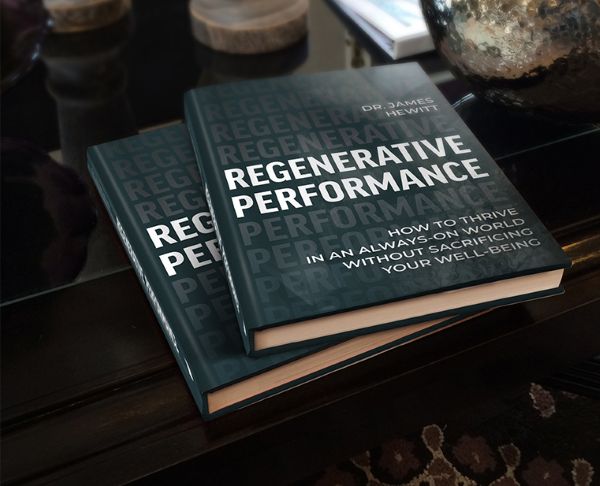The Secret of Cognitive Gears
The world’s most successful companies are laser-focused on finding solutions for enhancing efficiency and productivity. However, even senior executives often struggle to understand what workers need to sustain high performance without burning out in the process.
For example, despite 80% of executives saying wellbeing was their top priority, 89% of workers reported work life is getting worse. Across industries, many workers are struggling. 22% of employees are burnt out at the average organisation. What is the leading cause of these challenges? After working with and conducting research in some of the most demanding and high-performing companies, from Fortune 500 financial institutions to leading start-ups and technology companies, ‘always-on’ culture has emerged as the most likely suspect.
While our smartphones and laptops have facilitated greater flexibility, improved communication and enhanced productivity, the ability to work anywhere, anytime, has blurred boundaries between work and home life. Consequently, many workers find that they work longer, faster, and more intensely. Data from 31 countries reveals that workday length has increased by over 13%, and after-hours work rose by 28% during the last two years. Analyses of public datasets have discovered that the share of employees reporting that they work at very high speed has increased by 22 percentage points over the last 20 years. The proportion of employees who strongly agree that their job requires that they work very hard also increased by 16 percentage points during the same period.
So, what is the solution? The answer can be found in a surprising location. Studies of the world’s best endurance athletes indicate they ‘polarise’ their training, working at sustainable intensities for long periods or in high-intensity bursts while minimising time at moderate intensities. This way, they maximise their adaptation to training while reducing fatigue. I’ve translated this principle to the workplace through a framework I describe as ‘Cognitive Gears’, enabling workers to increase productivity, improve recovery and reduce unhelpful stress levels.
The framework presents three cognitive gears, each representing a type of work to be completed:
- Low Gear: Rest, recovery, creative ideation, and consolidation.
- Middle Gear: Interaction, multi-tasking, and meetings.
- High Gear: Applying concentrated effort, attention, and focus.
In working with both individuals and teams across a wide range of industries, I’ve found that the initial challenge is often the same: most workers spend too much time in cognitive middle gear. For instance, about 42% of people multitask during meetings, and 84% always keep their inbox open in the background. Seventy per cent of new emails are opened six seconds after receiving them. It then takes 23 minutes for an employee to get back up to speed on their original task following these interruptions. Consequently, many workers exist in a state of constant partial attention. The first step is often to reduce Middle Gear time. This could include eliminating unnecessary calendar items and developing focus skills to improve meeting quality. Data indicate that this approach can reduce time spent in meetings by 21%.
Reducing middle-gear work frees time for more focused, high-cognitive gear efforts. However, it’s critical to protect focus during this time. Smartphone owners interact with their phones an average of 85 times a day. The mere presence of a device can reduce cognitive performance by 10% and drastically reduce productivity. I often advise clients to hide their phones and use the Pomodoro technique to concentrate in 25-minute bursts, interspersed with 5-minute ‘low cognitive gear’ recovery periods. It’s worth reminding ourselves that idle time is not a waste of time. For example, even a short walk outdoors can double your creativity and improve the likelihood of producing a novel, high-quality idea. And don’t forget sleep. Sleeping 6 hours per night for two weeks can impair cognitive performance, equivalent to going an entire night without sleep. However, we often don’t notice the effect; this reduced performance becomes the ‘new normal’.
After having the privilege to deliver science-based workshops, keynote speeches, and consulting across the world, my main takeaway is that many employees have fallen into an addictive trap that confuses busyness with productivity. The Cognitive Gears framework can provide a shared vocabulary, helping employees describe their problems, identify solutions, and unlock positive spirals in many aspects of life and work. For example, it’s common to see people take back control of their calendar and find that they have more time for sleep and better nutrition, which gives them the energy to start exercising again, improving their performance at work, almost as a by-product. By being clear about where to focus high cognitive gear effort, minimising middle-gear ‘pseudo work’ and task-switching, and being more disciplined about rest, organisations can build a foundation for sustainable high performance where teams can achieve higher productivity with less stress.

James Hewitt
Human Performance Scientist & Keynote Speaker
JH Performance Consulting




